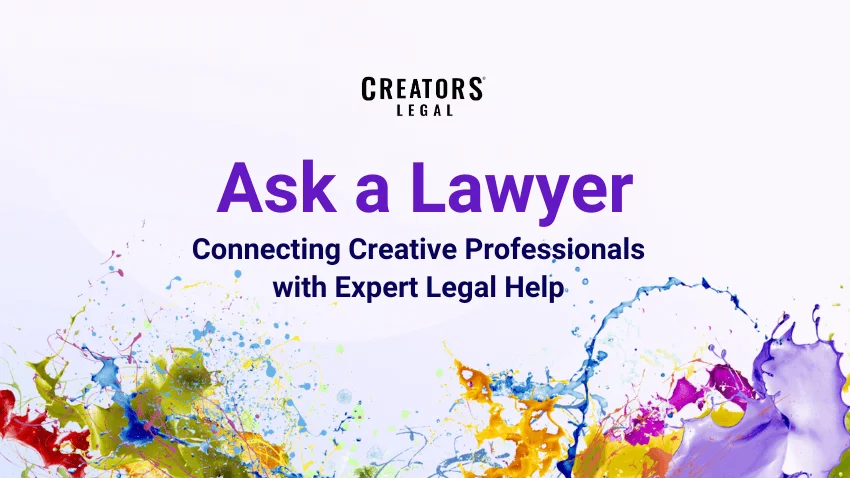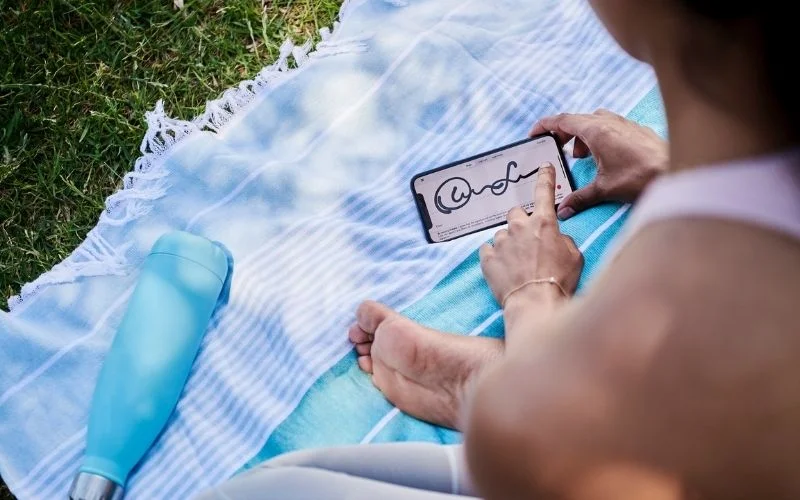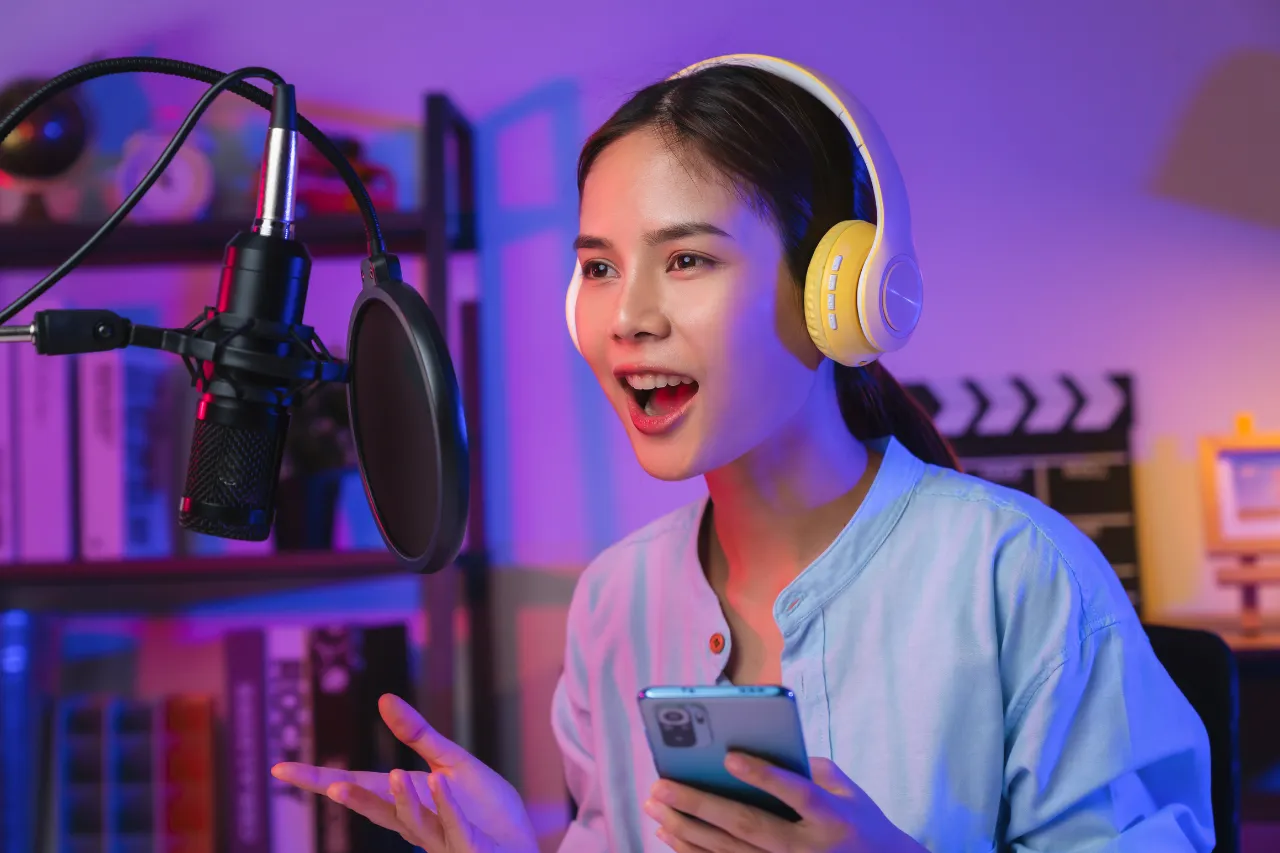A media kit is an essential component of any creator. Do you want to be featured on CNN, TechCrunch, or Forbes as an expert? Do you want to lock in brand sponsorship deals or show your worth for collaborations?
You will need a top-notch media package to make it happen.
Whether big or small, every influencer or content creator needs a media kit. They’re one of the most important things you’ll need if you want to work with companies. Unfortunately, most of the time, they’re poorly constructed and missing critical information that media outlets and brands require to make decisions. Don’t wait to build your own media kit, even if you are just starting or have a small following. The truth is that many brands are interested in collaborating with micro or nano-influencers and content creators.
Without a media kit, you miss out on good opportunities.
Putting together a media kit should be a high priority for you. It’ll just take a few hours, but it can certainly pay off. Make the time now to ensure that you’re prepared for any unexpected (but very welcome) opportunities. As a content creator, your media kit is your résumé that brands can look over to get a feel of who you are and how you could contribute to a successful relationship.
Keep reading to know more about:
- What is a media kit?
- Why do creators need a press or media kit?
- What needs to be included in a media kit?
What Is a Media Kit?
Let’s begin with the fundamentals and discuss what a media kit is. Much like a “Press Kit” for a brand or celebrity, a media kit highlights your major accomplishments, key statistics, and must-know information for your social media platforms (such as YouTube, Facebook, Instagram, Pinterest, TikTok, and others) as well as your blog. It should also include photos, even videos if the platform allows.
Your media kit aims to prove how fantastic you are. It also shows brands your own brand voice to help them decide if you are right to represent them. A good media kit is the difference between winning and losing out on projects.
If you are represented by an agency, their first task is to prep a media kit for you. Why? Because they work!
Why Do Creators Need a Media Kit?
Consider applying for a job without submitting a resume.
You won’t be able to accomplish that. You will not receive a response, and your future employer will not seriously consider you.
Creators should have a Media Kit ready to go when they pitch brands and collabs. Influencers and content creators often pitch brands with hundreds, if not thousands, of requests for collaborations. You want to make their job easier by giving them a document that summarizes all your numbers and what you can do to help them.
New creators will benefit from media kits since they can display the businesses they’re interested in and statistics that may not be readily available to them.
Creators who include a media kit in their emails are taken more seriously by firm and company marketing managers of any firm or company.
Media Kits can even help you land an agent. Agents want clients to understand the business of a celebrity and influence. Equally, a Media Kit conveys that you understand the business.
More than ever, Companies and Brands set aside monthly or quarterly budgets for content creator collaborations. However, as many brands have trouble finding the right collaborations. A Media Kit can make the difference in a cold email sent to a company marketing department.
The following factors influence how people choose where and with whom to spend this money:
- (at the time you reach out). Are they trying to raise awareness? Are there any promotions going on to promote specific products or services?
- Launches of new products. When it comes to new product releases, most brands plan to use influencer marketing.
- Audience & style. They see that you have their target demographic and a content style that complements what’s already on the stream.
Brands are always looking for new material, if you do send them a cold pitch with a media kit, you are more likely to catch their attention.
Above all, your Media Kit will help them decide how you fit in with their top deciding factors.
Pro Tip: Make sure your Media Kit and pitch include material that fits their demographic and marketing objectives.
Where Can You Get a Media Kit?
Choosing the best tool to create a Media Kit will influence the decision-making process of an agency. For instance, if yours is boring and without life, maybe it isn’t the best. But, how to look for the best tools?
Here are the best 3 tools we have found to create a Media Kit:
MediaKits.com:
MediaKits.com allows you to create an up-to-date, customized, and beautiful media kit with real-time data that communicates who you are and the brand you stand for.
We found the platform super easy to use and a great tool for creators looking to control how brands see you online. Media Kits was developed specifically for Creators to be able to showcase themselves. The product hosts your kit in the cloud making it very easy to send a link. Their basic program, which is the only one currently available (they just launched in late 2021 and already boast more than 50,000 users), does just about everything needed for a Creator.
The best part! It’s completely free to use forever! Yes, the basic plan is actually called the Forever Free Plan.
Cost: Free, Upgrade Plans will be announced soon.
Pros:
- Forever free plan.
- Real time data (no updating every time you gain new followers)
- Share your kit with just one link
- Simple, secure API connections to top platforms
- Personalize your media kit.
- feature recent sponsors and press
- Add custom widgets.
- Built Specifically for Creators.
Cons:
- The Pro Offer isn’t available yet. (Join the waiting list here)
InDesign:
Adobe InDesign is the industry-leading layout and page design software. With many useful features and great templates, you can create and design your Media Kit from scratch. Create beautiful graphic designs with typography from the world’s top foundries and imagery from Adobe Stock.
InDesign makes it easy to manage your design elements and quickly deliver immersive experiences in any format.
Cost: Varying
Pros:
- Access to Adobe Stock
- Step-by-step tutorials
- Personalize your media kit.
- Great templates to choose from.
Cons:
- Only 7-day trial. After the trial you must pay US$ 20 a month.
- Not so intuitive and hard to use if you are not familiar with Adobe Suite.
- Update your statistics manually every time they change.
Canva:
With Canva’s collection of professionally created templates and intuitive design tools, you can create a media kit that’s fully customized and branded to perfection. Canva is a fantastic system and highly recommended for design.
Cost: Free with Subscription Plan Upgrade Available.
Pros:
- Intuitive and easy to use.
- Free plan.
- Variety of templates to choose from.
- Personalize your media kit.
Cons:
- If you don’t have the Pro Subscription, you have limited access to images, vectors, and any material you’ll need.
- Update your statistics manually every time they change.
What Do You Need to Include in Your Media Kit?
As a content creator, here is what you should include in your media kit:
- Bio: This is a summary of who you are, what you do, and how you assist/influence your target market.
- Your services: This is supposed to be a list of all the many services you can provide to businesses. For instance, consider product photographs or hotel reviews.
- Your statistics and analysis: Your stats will be broken down into each platform you are active on, and you will be able to see them here. You do not have to display every platform; instead, focus on the ones where you have the most influence. Include information like your social media reach on posts, link clicks, and mailing list subscribers that are not readily clear.
- Past collaborations: Before brands invest in you, your earlier collaborations will help establish your credibility and accountability. If you do not have any previous brand collaborations, start working on dummy projects using your own resources until you do.
- Exercising your content creation style and supplying examples of your work: The same applies here as it did in #4. You want to show off your greatest work, not everything you have done.
- Your contact details: If the reader has quick access to all your contact information, it’s likely that they’ll keep your media kit on file for future collaborations and won’t remember the email address from which you contacted them.
Our Recommendation:
Of all the places we tested, we found MediaKits.com to be the best choice. Our decision wasn’t anywhere close. They built the system to address the exact issue facing Creators.
How Creators Legal Can Help
A media kit is one of the first steps towards success. But when you get the deal, you want to make sure it is properly documented so you get paid and everyone understand their obligations and duties.
Creators Legal is an all-in-one legal contract platform that allows you to get contracts in minutes without having to hire a lawyer.
Our contracts are thorough and comprehensive, allowing you to keep track of all your commitments. Influencer management contracts, social media editor agreements, content collaboration agreements, brand ambassador contracts, model releases, and much more are available. Experts in the creators’ economy with years of experience draft all our contracts. They’re also available on-demand, with no need to call a lawyer! Want to know more? Visit Creatorslegal.com.
Also explore:
Why Do Creators Need Contracts?
What is the Difference Between a Content Creator and an Influencer?
How To Become A Content Creator (2022)
- california
- texas






